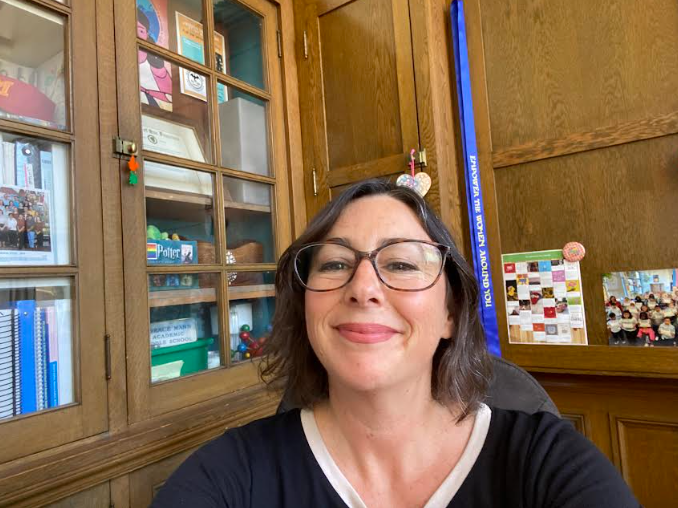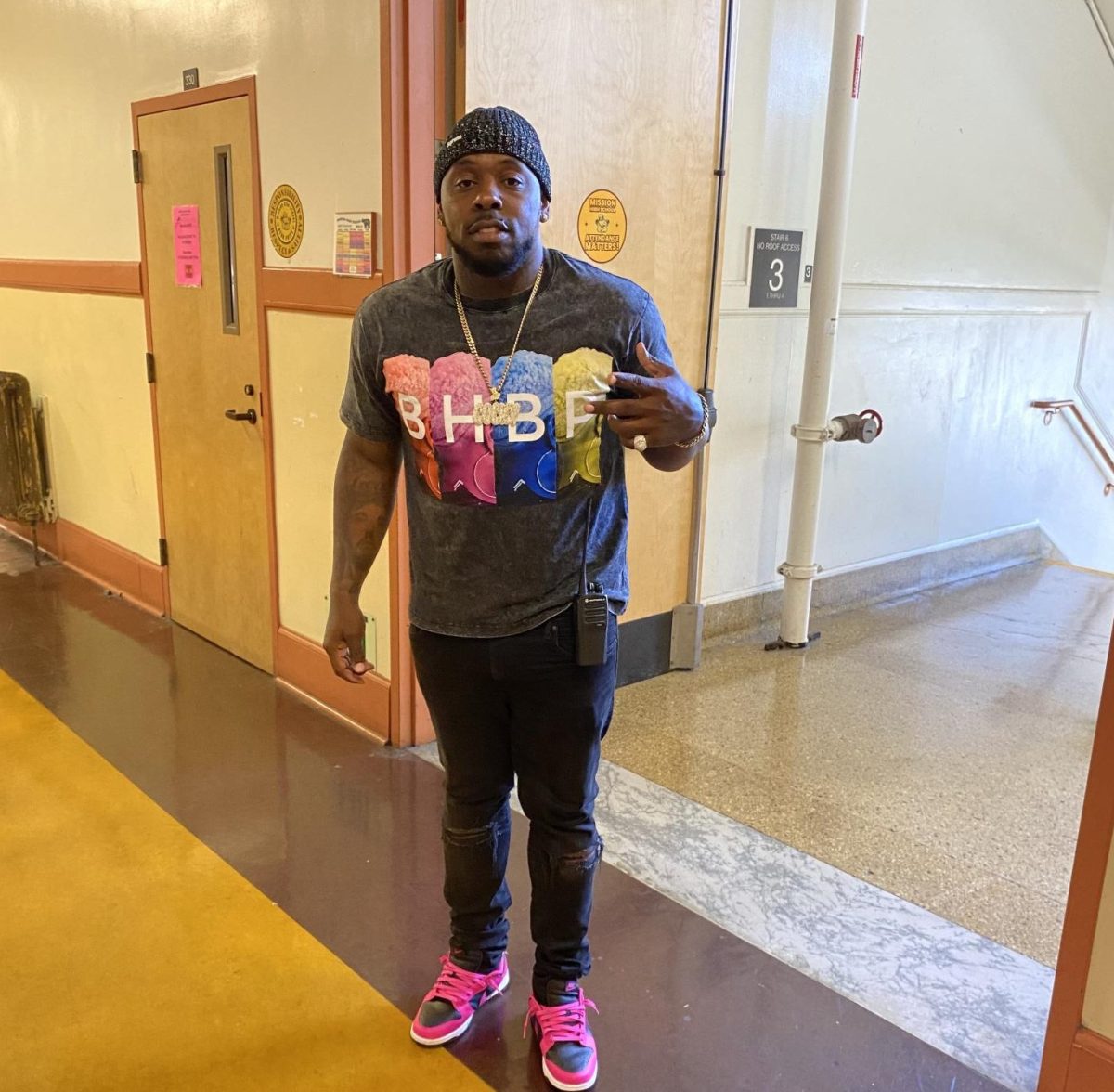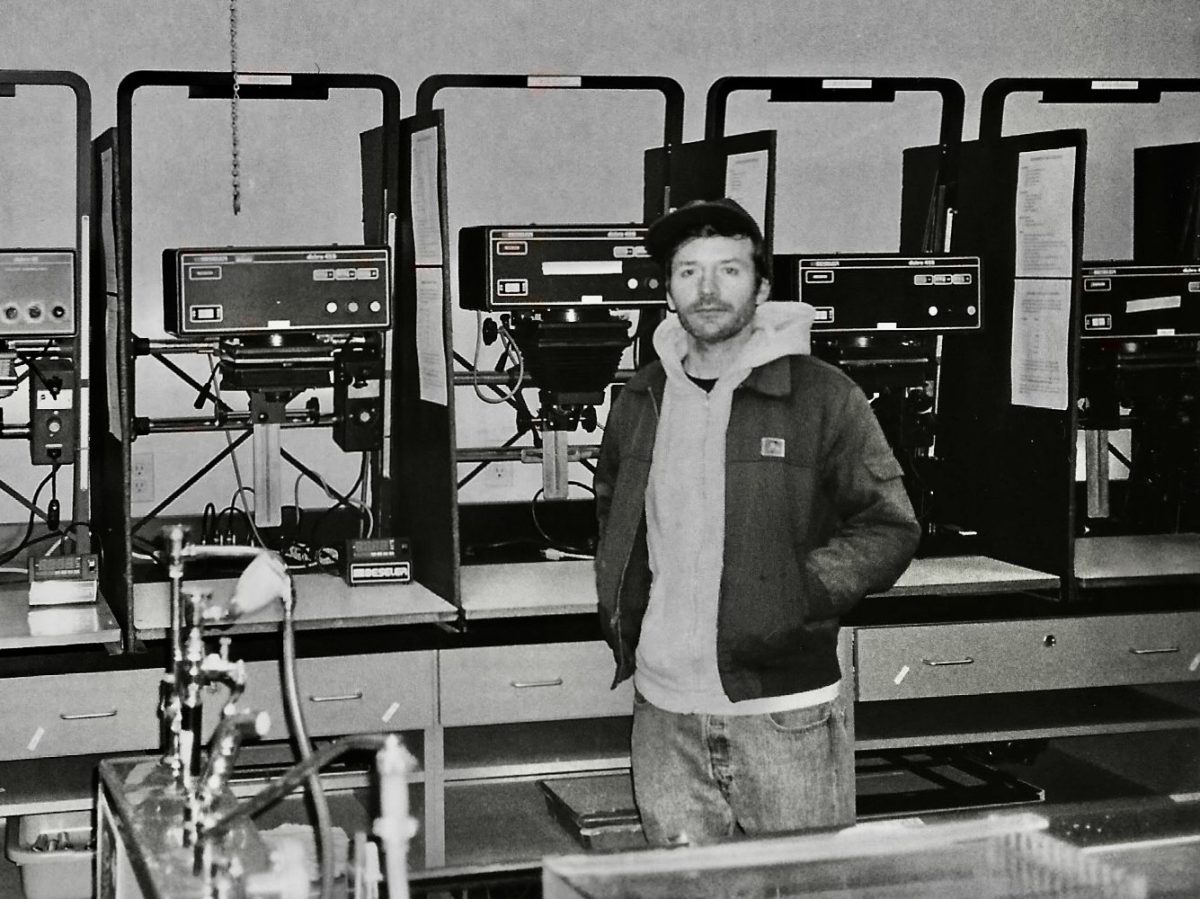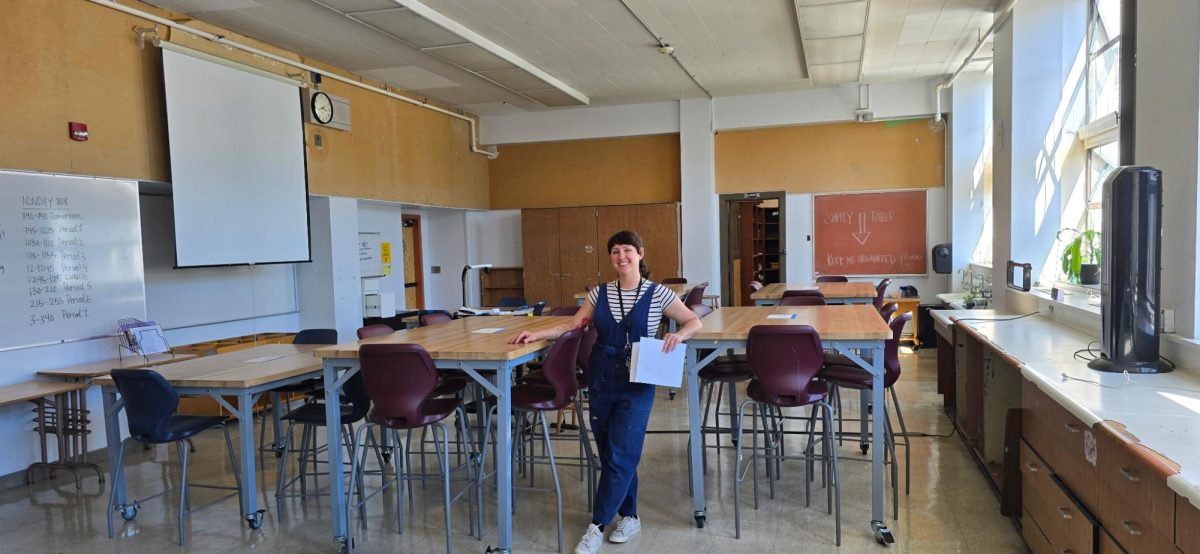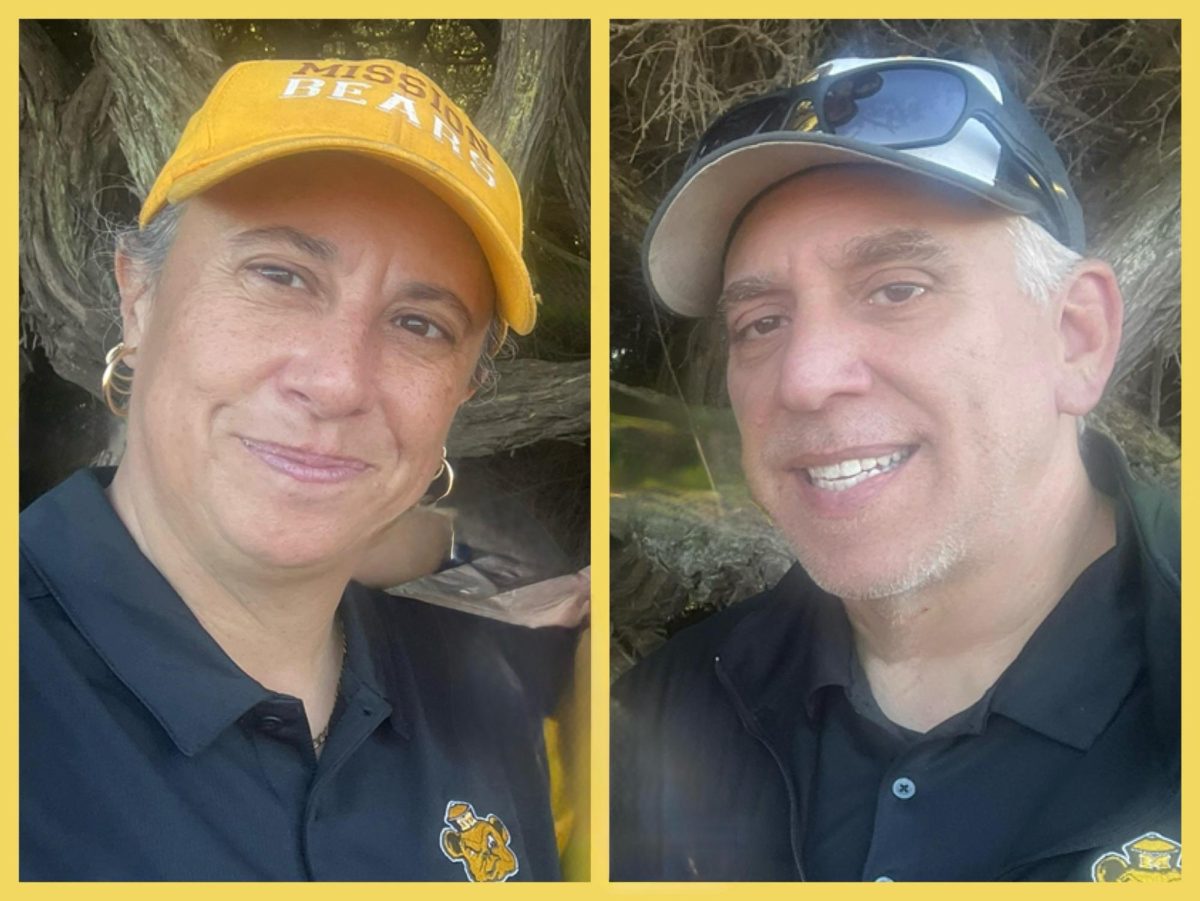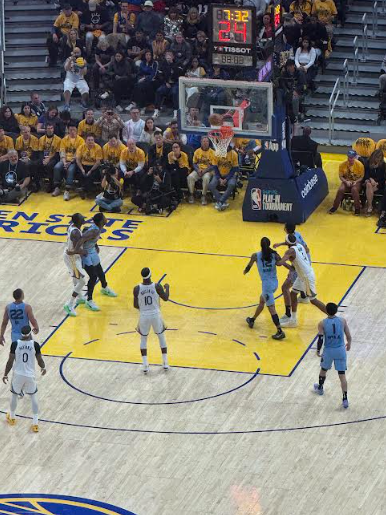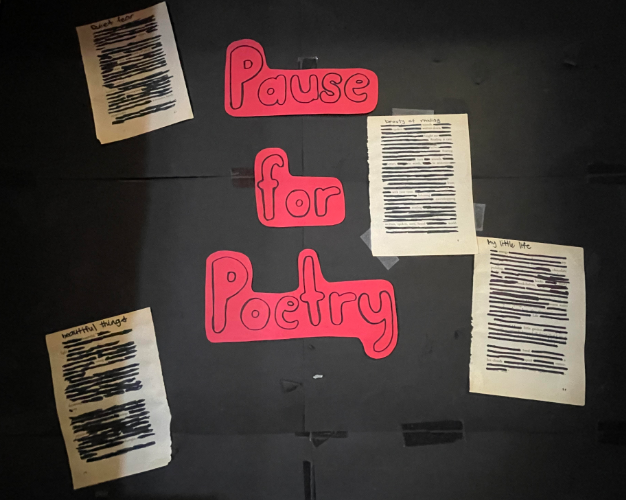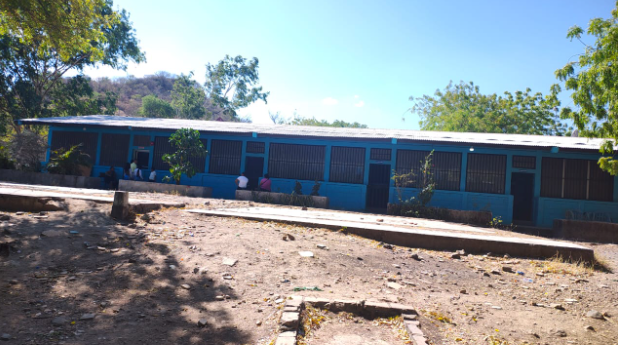I recently took a trip to Oregon to tour three colleges: Reed, Lewis and Clark, and Willamette. I can see myself living in Oregon because I would love to stay on the West Coast and to be surrounded by nature. These are all aspects Oregon offers.
I am considering many liberal arts colleges. Liberal arts colleges are broad-based education focused, offering education in humanities, sciences, and social sciences rather than training for a specific career.
In terms of tuition, liberal arts colleges can be expensive, but many offer generous financial aid packages. Reed, Lewis and Clark, and Willamette are all liberal arts colleges based in Oregon and claim to offer a well-rounded undergraduate education.
This article is to share my first impressions of these schools.
Reed:
I began my first college tour at Reed.
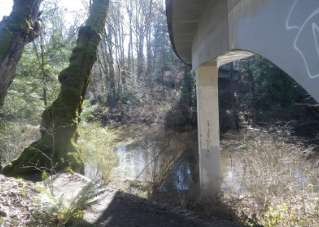
Reed is located in Portland, a city known for its food and the connection to the beach and mountains on either side. The tour guide explained that Reed is an hour away from each, which enables students to connect with each other through the outdoors, especially through programs that take students on backpacking and camping trips.
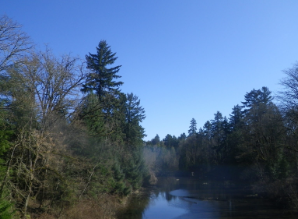
There was nature that surrounded every building and path. My tour was in the morning where it was quiet and most students were still sleeping, but as the morning passed the campus became more lively.
Like many liberal arts colleges, Reed has a student-run coffee shop. The cozy space had big couches and affordable drinks and baked goods, with student art on display, creating a strong sense of community.
The nature in this campus was especially lush which invited lots of wildlife, especially geese, which came with a warning. When looking into the residential buildings at Reed, some were more modern than others, although the pet-friendliness was what really stood out to me. The tour guide even explained how easy it is to have an emotional support animal and how common it was to see dogs following their owners or having cats live in the residential buildings.
With only about 1,500 undergraduates and a 27% admissions rate, Reed offers a community where you’ll likely recognize familiar faces.
I felt like the campus was a bit too small for my liking and the thesis, a long assignment that takes up most of senior year and is the main aspect of their curriculum, was not my style of learning. Though it was a beautiful campus, it is definitely made for certain students. It is a good option for those who want a small community with varied nature.
Lewis and Clark:
Lewis and Clark is also located in Portland with the same distance between the beach and mountains as Reed.
I visited Lewis and Clark on an unusually sunny day, which made the campus feel even more inviting. I think this was my favorite campus for all of its greenery, but what caught my eye was how the layout of the campus immersed me in nature as compared to Reed’s campus.
The trees paved the paths, and the fountains were surrounded by flat grassy areas with spots of sun and shade where students played guitar, sunbathed, and played sports, giving the campus a sense of realness that others lacked.
The curriculum felt fresh and dynamic and the tour guide explained how they frequently add new classes and notify students, encouraging exploration of different subjects. Lewis and Clark has a slightly larger student population than Reed, a total of 2,200 undergraduate students, and also worth noting 75% admissions rate.
I left feeling impressed as I connected with this campus the most of the three.

Willamette University:
Willamette University is in the heart of Salem, Oregon right alongside the Capitol building and cuts through the Mill River where ducks tend to roam. The campus prioritizes sustainability by avoiding pesticides and using organic materials, giving it a natural, though less polished, look.
Ford Hall, a LEED-certified building, reflects Willamette’s commitment to environmental consciousness, reinforcing the campus’s eco-friendly practices. The class sizes were very small (usually around 12 students per class) which helped build and maintain strong relationships with professors and a community within the class, something I really appreciated.
Finally, Willamette was the only campus tour that mentioned the importance of mental health in their students and had a private room called the “Mind Spa”, made to promote relaxation and mindfulness by offering counseling services, weighted blankets, and reclining chairs.
For a small and calming campus (1,367 undergraduate students) and a 79% admissions rate, Willamette University is a strong choice.
Overall, all universities have their strong and weak points, each offering a unique experience. I might be learning towards Lewis and Clarke, but I am still keeping my options open. Check out their websites if you are interested in small liberal arts schools on the West Coast.
